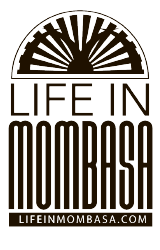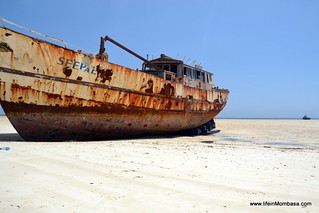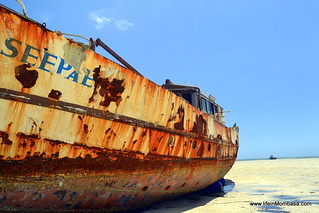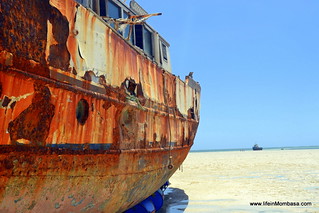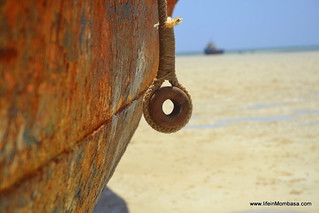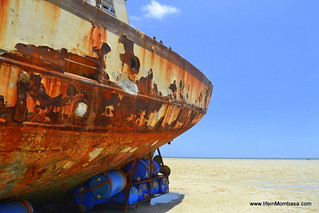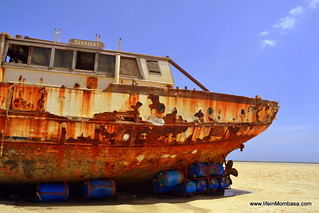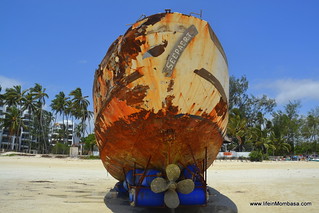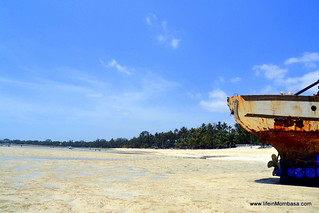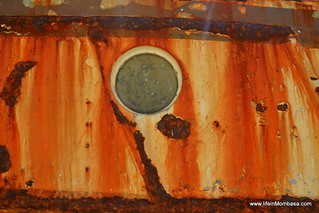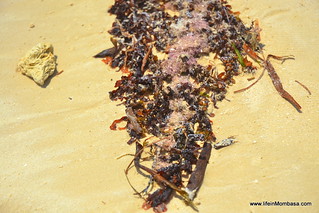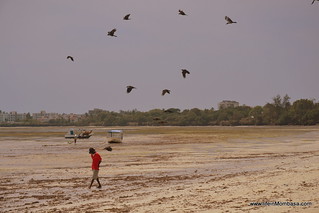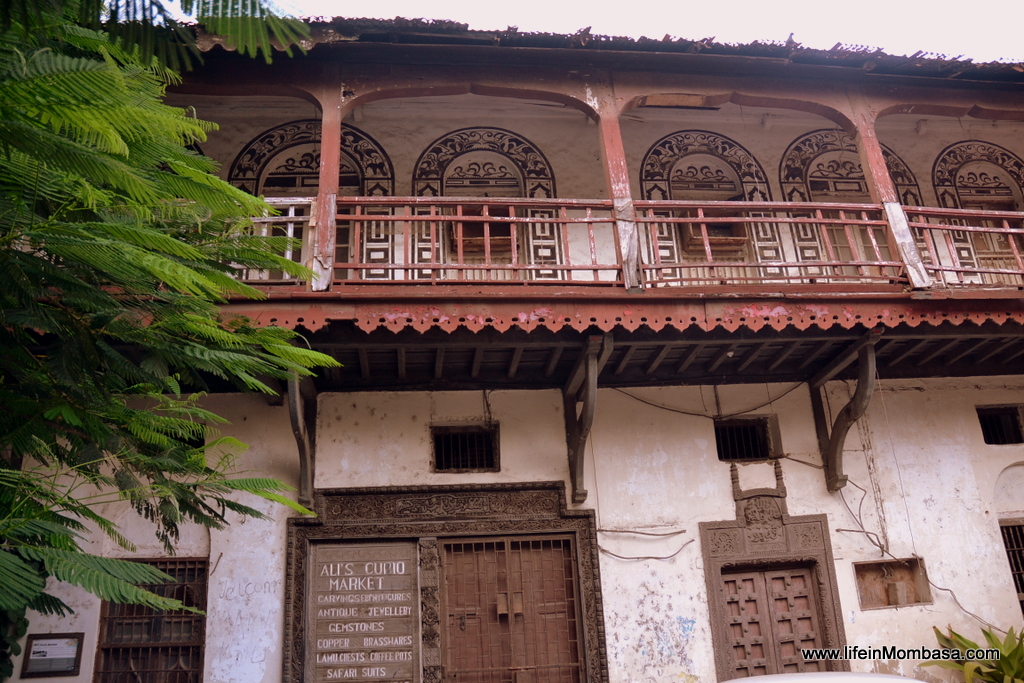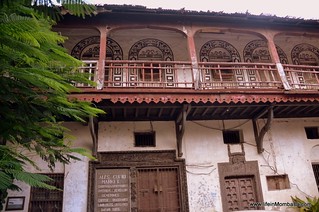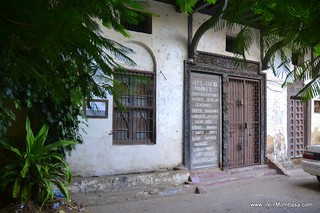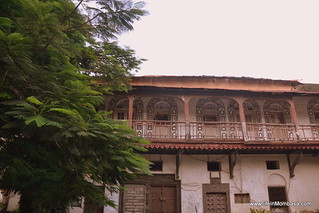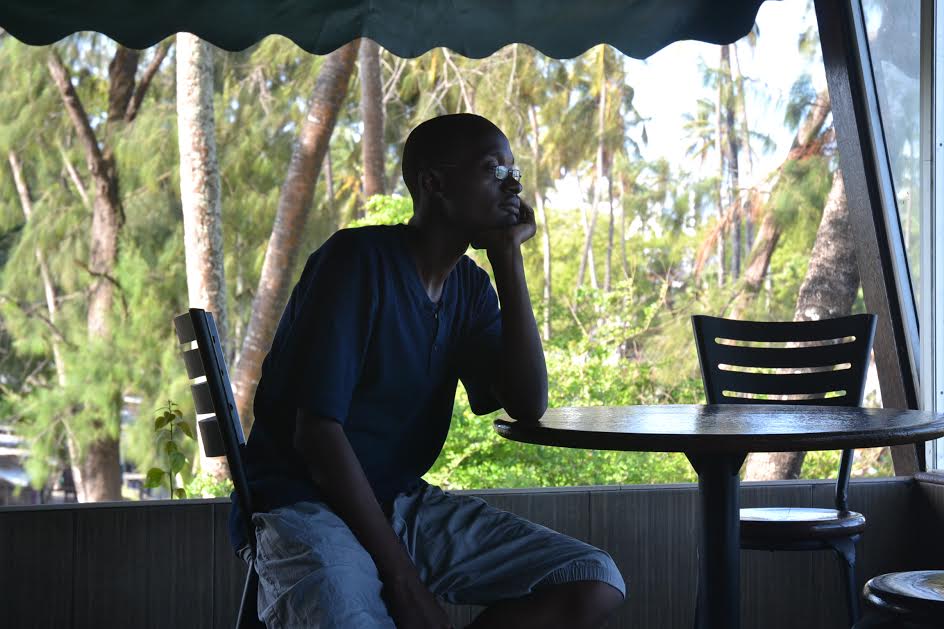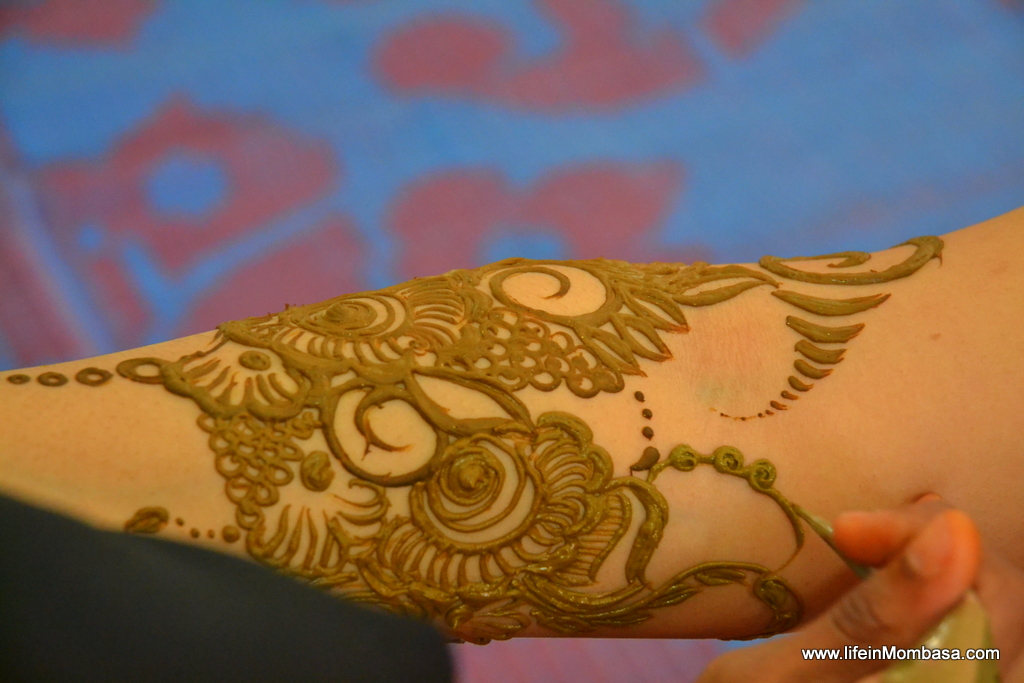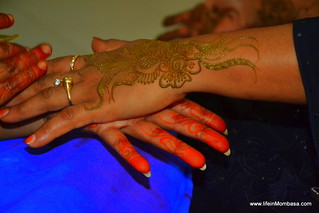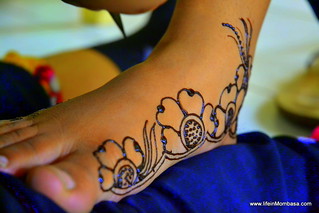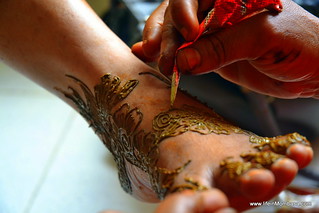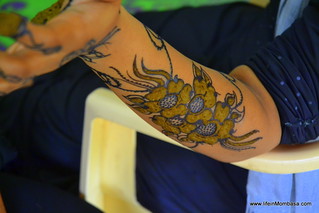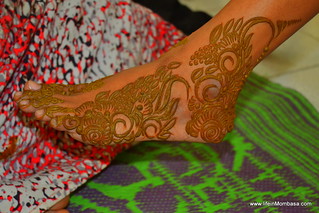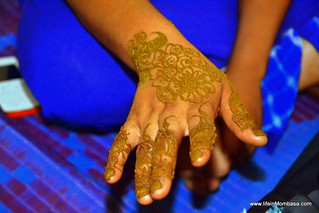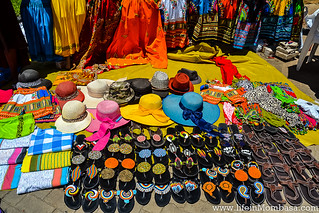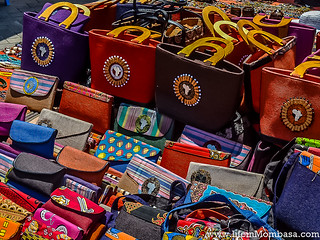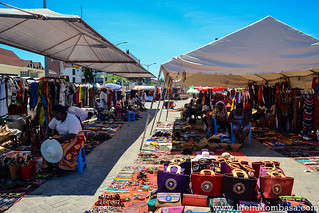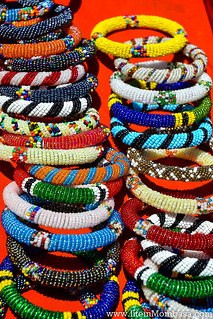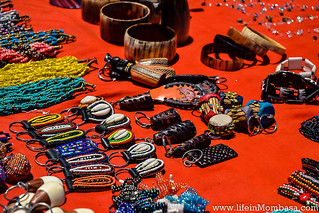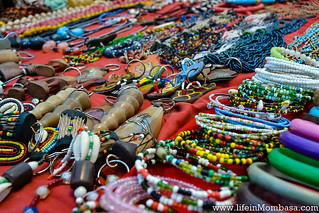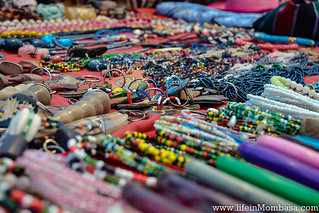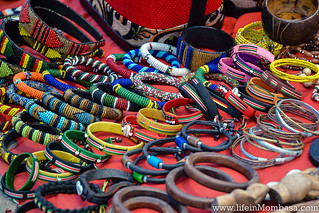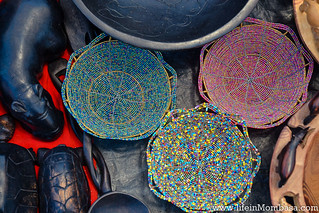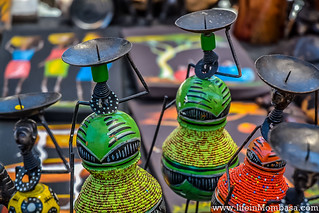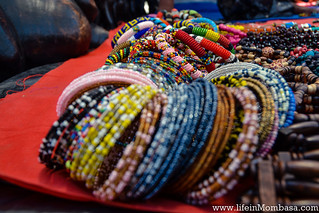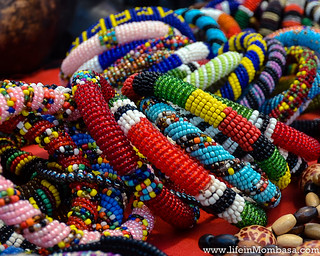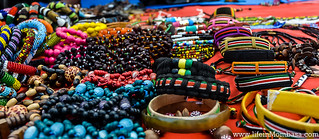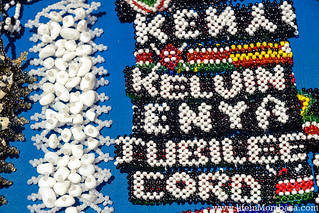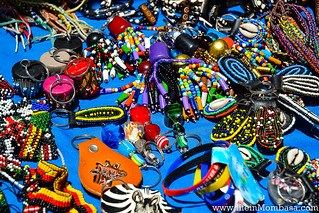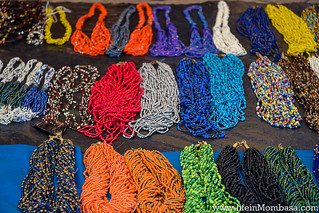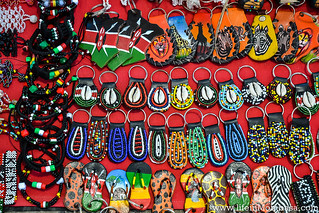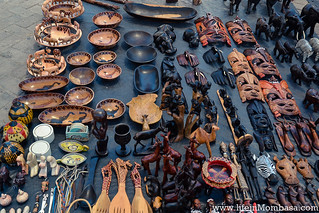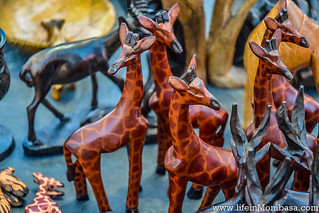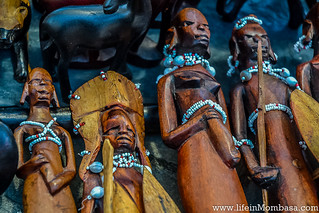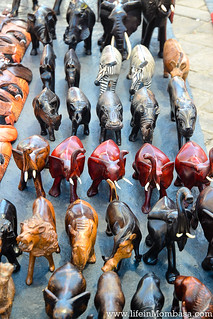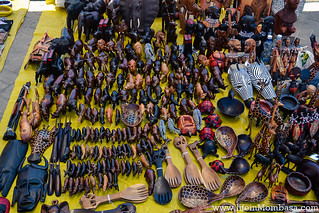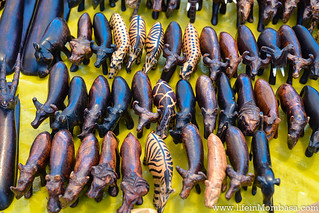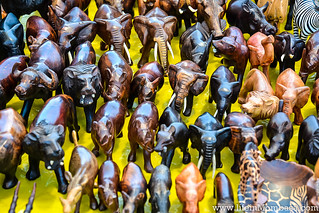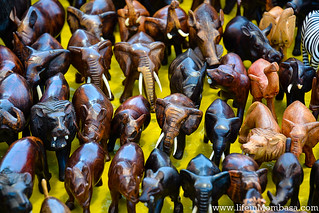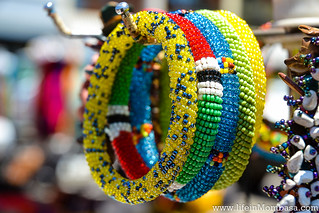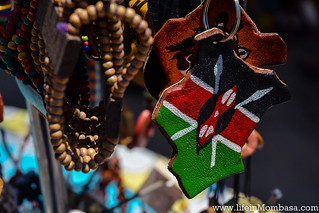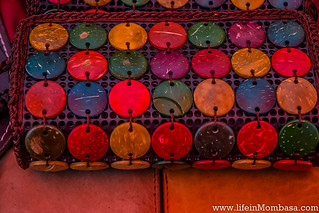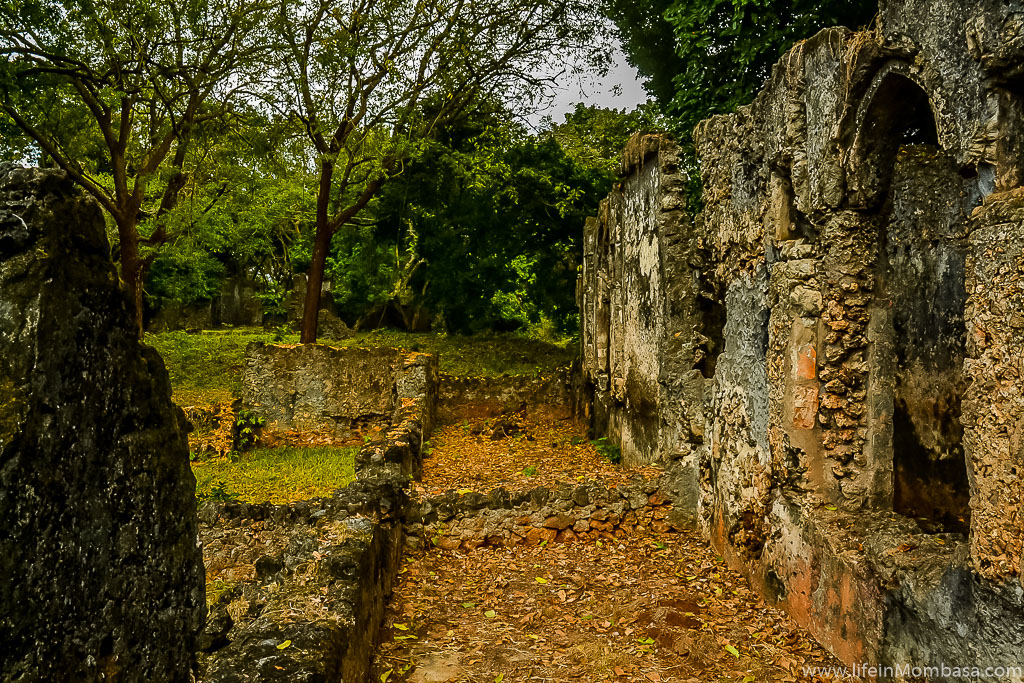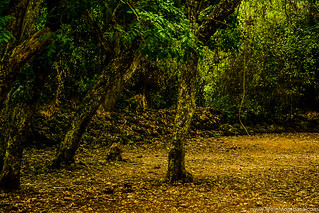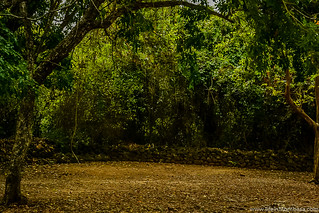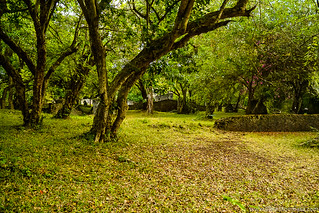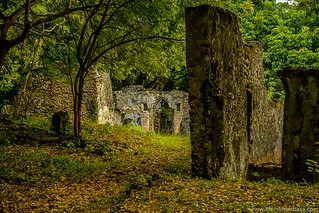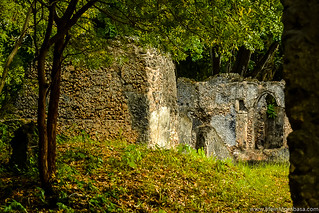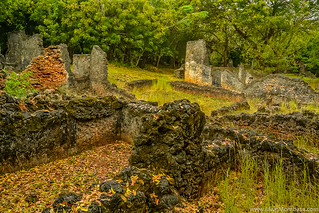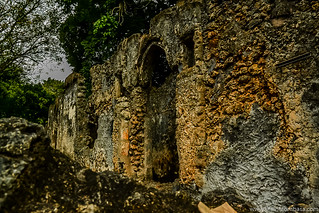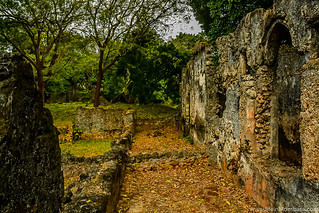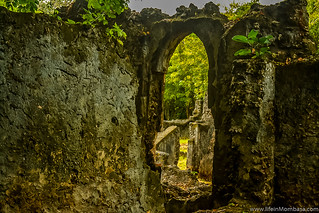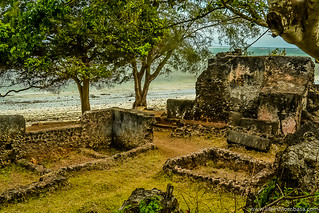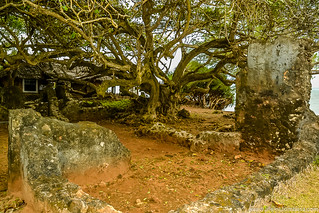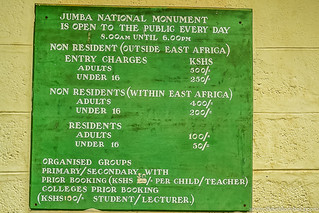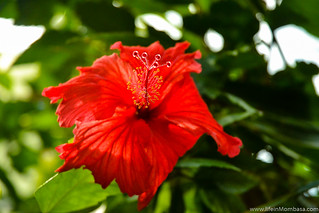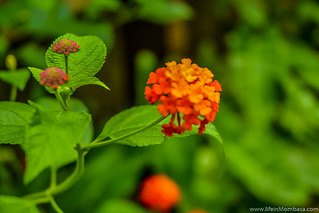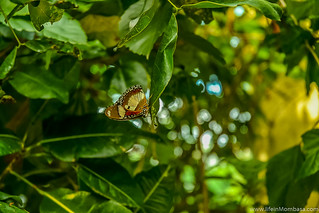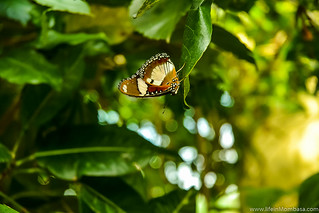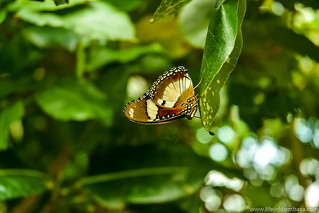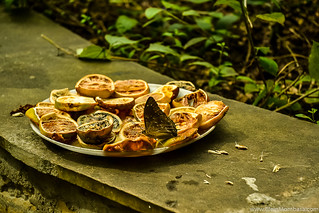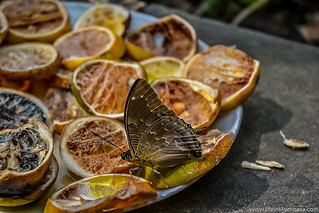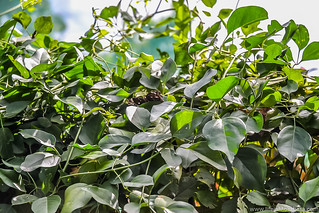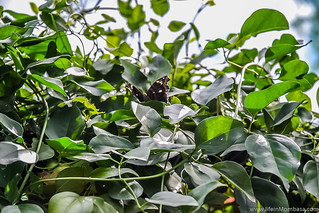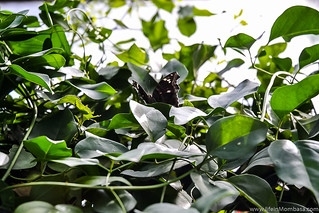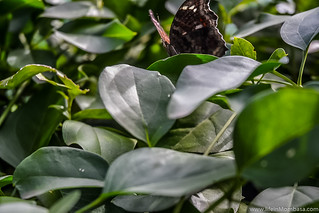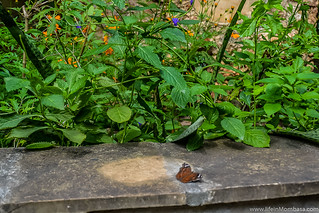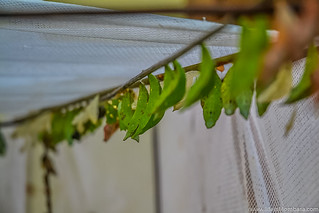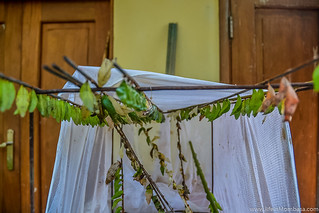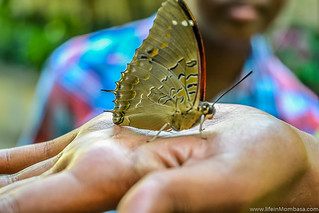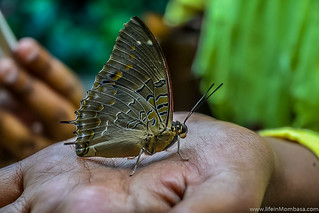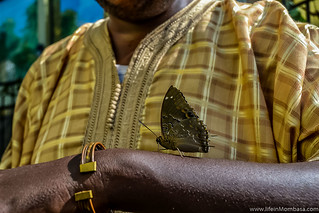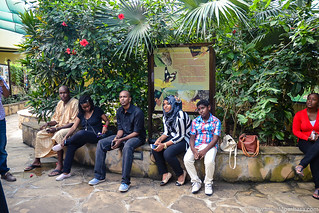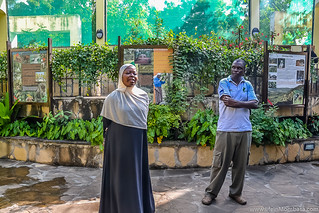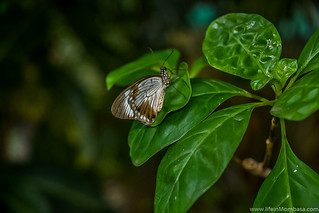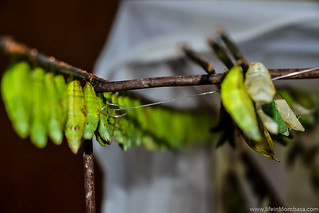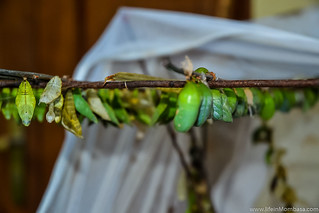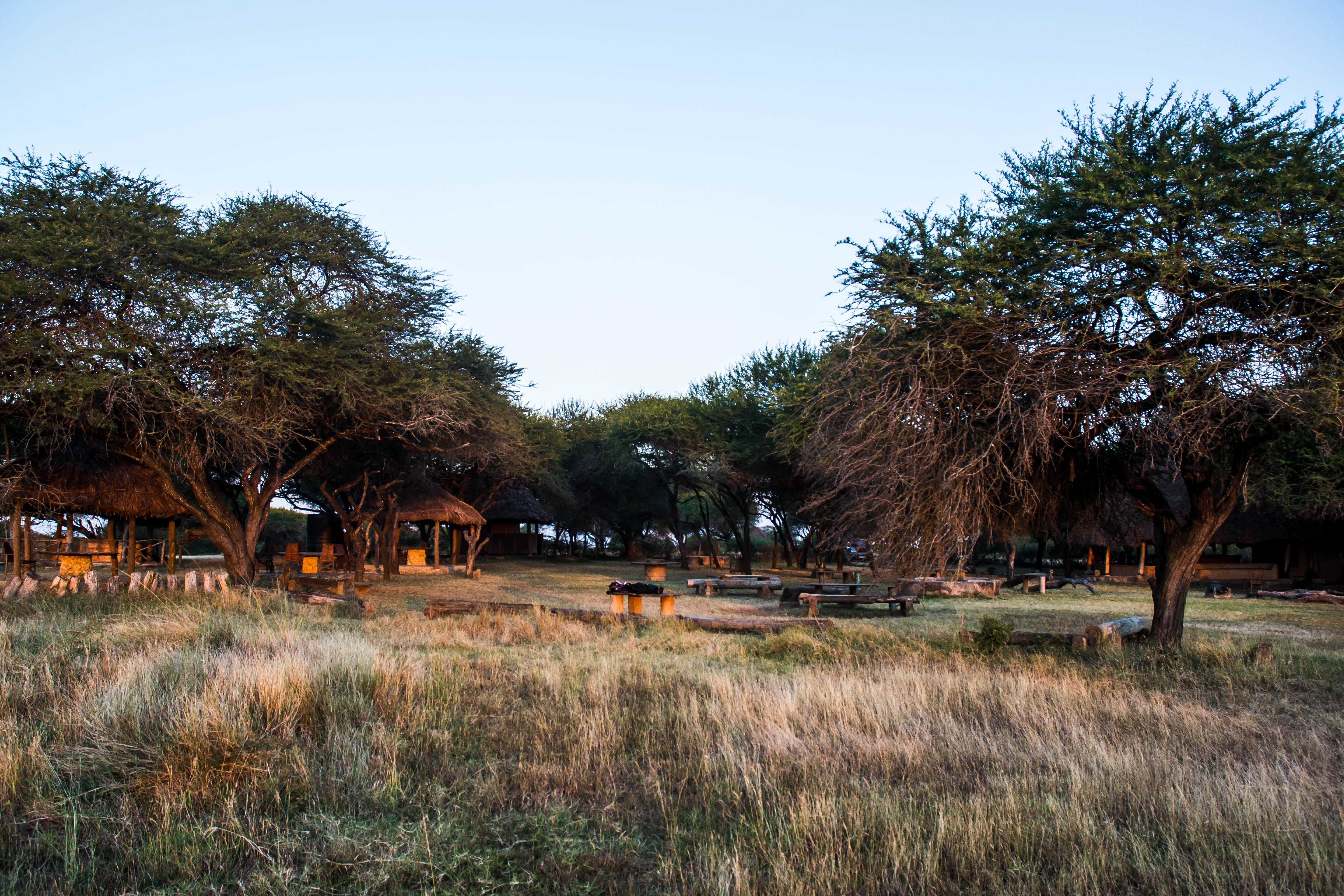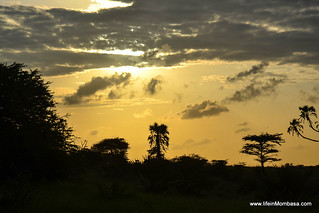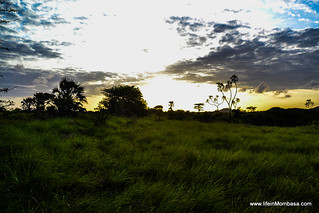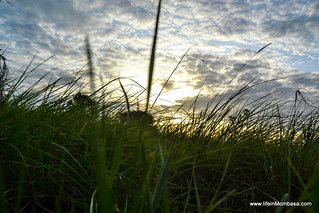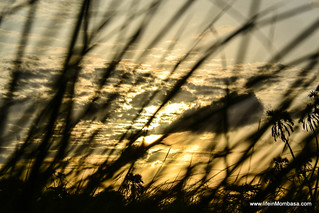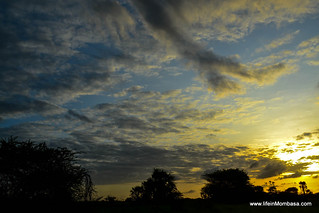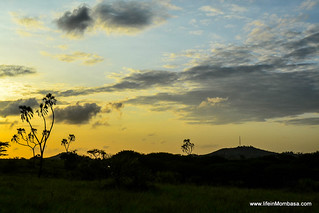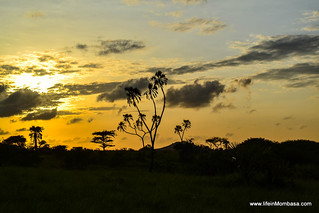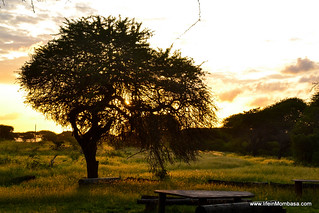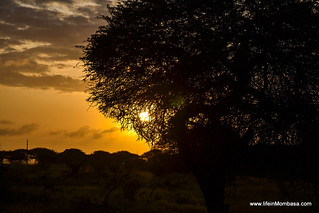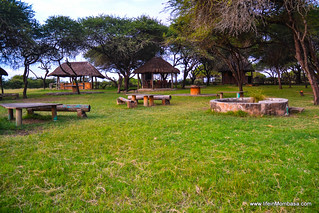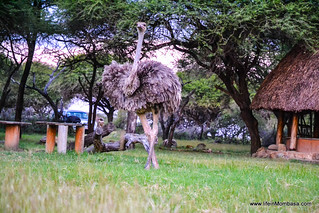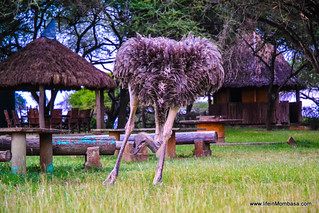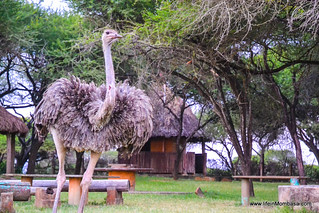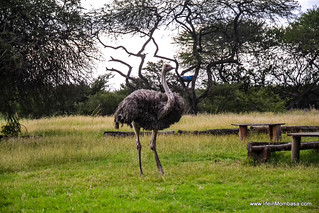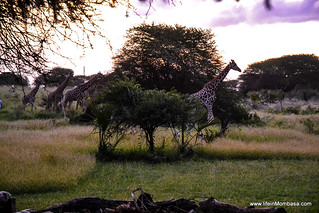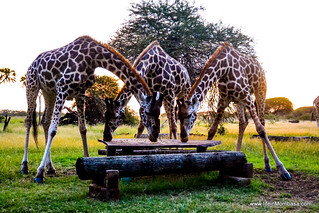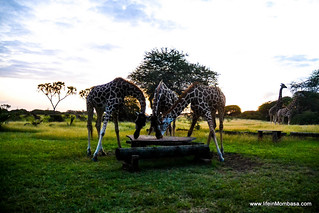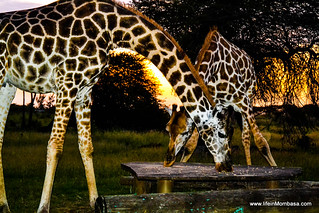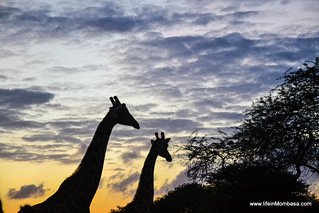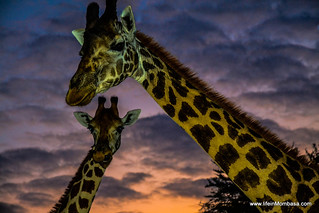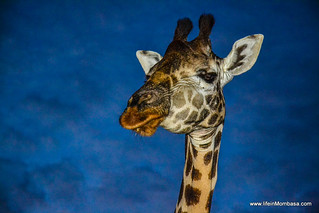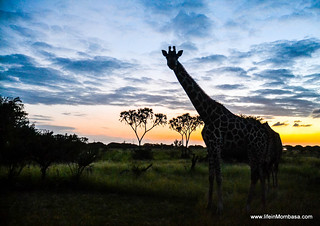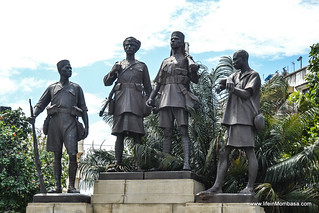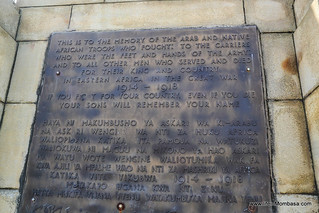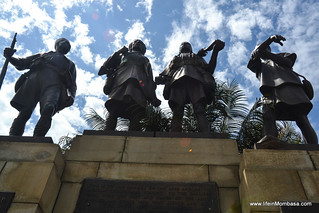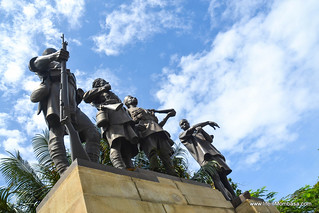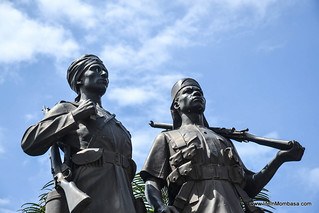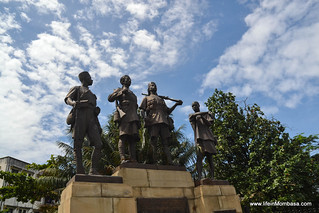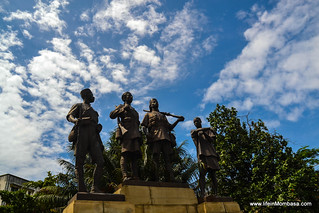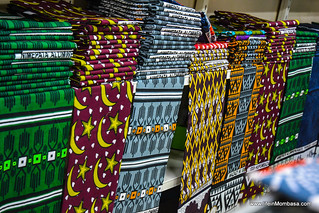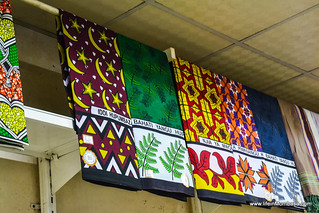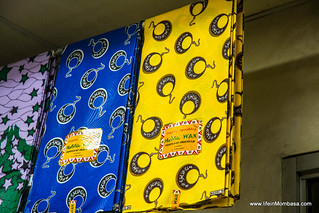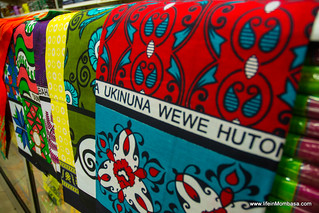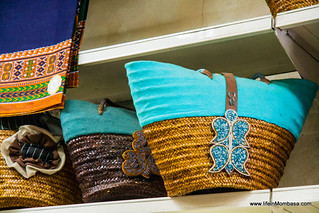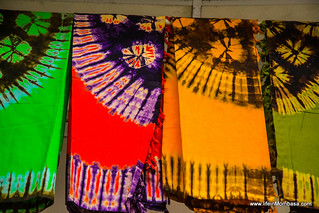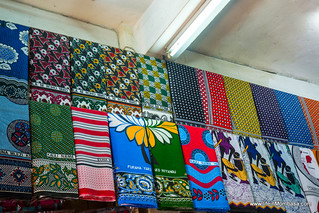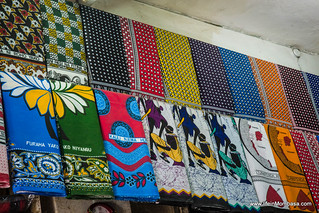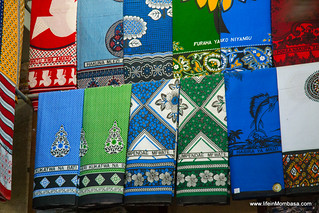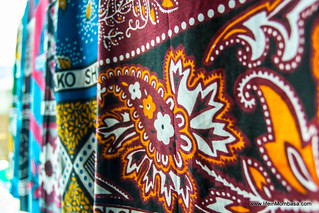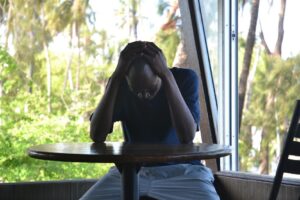
Your Name and what you do?
Mauko Maunde. I’m a lot of things rolled into one. Blogger, Web developer, Poet, Band manager and a trainee civil engineer.
What’s the one thing that amazes you?
Beauty in its rawest, most innocent form. It is all around us, in the sights and people around us. That, and the capacity for humanity in people. Despite all that happens, those people that remain “good” and restore your faith in humanity never cease to amaze me.
Tell us about Artists in Mombasa, do you think they are doing enough to be recognized?
I don’t think so. Wanataka kuchezea nyumbani hapa. Most do not want to get out of their comfort zones. They are going the tried and tested way forgetting that this line of work requires one to think beyond the gamut and try out new things. Go out there into the unknown, so to speak.
You manage different artist, what is the one challenge you face the most?
Getting them gigs to perform, then getting them paid after an event. On top of that is finding producers they can work well with, but these are apparently “normal” challenges.
Tell us about Sanaa Salon?
Sanaa Salon was borne of the need for a platform for artistes and writers to showcase thier various creative endeavours and create a large community where networks can be created and as result utilised to grow both individuals and the arts industry as a whole. It is a showcase of creative works and opinions from various stakeholders, but primarily young artistes.
Our publishing and marketing division, at www.books.sanaasalon.com also seeks to offer convenient and affordable publishing for budding writers who would otherwise not afford the exhorbitant costs associated with mainstream publishers. We do this by creating ebooks in various formats and distributing the same across markets.
Blogging has not been received well in Mombasa, compared to Nairobi. Do you think this will change?
Yes. I think the tide is changing, albeit too slowly, but we are headed there. I have seen a number of blogs come up in the recent past. Pretty decent ones I must add. Coupled with the establishment of the Coast BAKE chapter, the future looks good.
What is required, I think, is an awareness by Coastal young people of the immense opportunities blogging offers, both in terms of self-development and expansion of thought spaces; not to mention the obvious financial gains that can be achieved from a well- written blog.
How do you manage time to run your blog efficiently?
I realised the best way to handle it is to ask for help. I know, most people wouldn’t want to cede control of their blogs to others, but it’s the only way to maintain an active blog with a wide variety of perspectives.
Since one of my blogs is for events, I thought it would be easier and more convenient to crowdsource its content, so I only have to edit the submitted posts.
How do you want to improve yourself in the next year?
Ah, we are making new year resolutions now, are we? Well, for one I’d like to see better performance from by blogs and other projects; perhaps even take them up as a full-time gig. I want to invest more in growing the literary space in Mombasa because I realised that makes me happy, and I’m content when I’m happy.
Can you name some of your favourite bloggers and explain why they are your favourites?
Well, you for one. I love your photos. They represent a perspective of Mombasa only those of us who live here see, a beautiful face they don’t show much elsewhere. Keep up the good work. There is Jackson Biko too, I want to conceive and nurture words in the way he does so when I let them out into the world they can hold their own, blow minds and change lives. For the better. Ah, Jacque Ndinda. I love her. Her writing I mean.
Parting shot
A while back, someone mentioned off-handedly that Mombasa was backward, and the residents too daft for their own good. I could have argued otherwise then, in their defence, but I did not. I’m glad I can do that now
